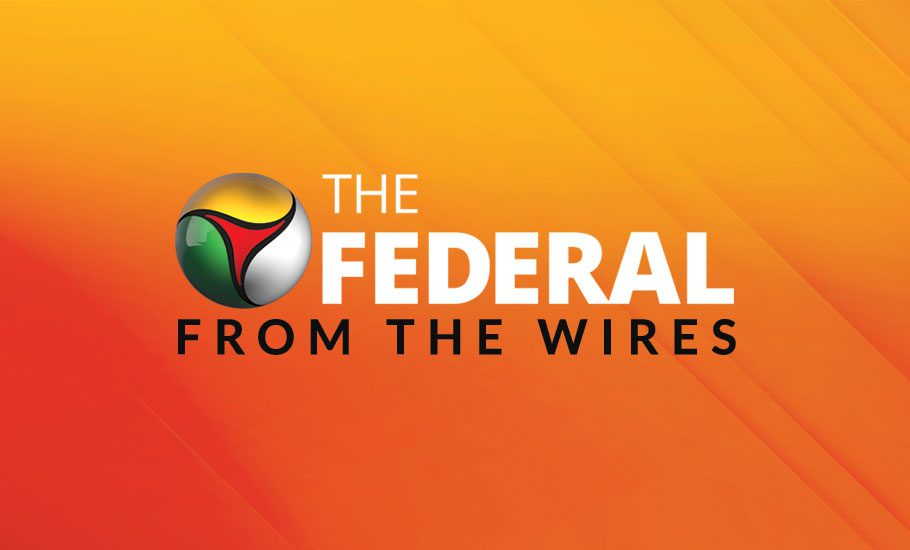
India faces near-term challenges; better placed to deal with them: Finance ministry report

India is facing near-term challenges in managing its fiscal deficit, sustaining economic growth, reining in inflation and containing the current account deficit but the country is relatively better placed to weather these headwinds compared to other nations, the finance ministry said in its monthly economic report.
Near-term challenges need to be managed carefully without sacrificing the hard-earned macroeconomic stability, the Monthly Economic Review said.
“Many countries around the world, especially developed countries, face similar challenges. India is relatively better placed to weather these challenges because of its financial sector stability and its vaccination success in enabling the economy to open up,” it added.
Indias medium-term growth prospects remain bright as pent-up capacity expansion in the private sector is expected to drive capital formation and employment generation in the rest of this decade, as per the report. Observing that the capex budget for 2022-23 is expected to underpin growth, the report said an upside risk to the budgeted level of gross fiscal deficit has emerged following cuts in excise duties on diesel and petrol.
An increase in the fiscal deficit may cause the current account deficit to widen, compounding the effect of costlier imports, and weaken the value of the rupee thereby, further aggravating external imbalances, creating the risk (admittedly low at this time) of a cycle of wider deficits and a weaker currency, it said. “Rationalising non-capex expenditure has thus become critical, not only for protecting growth supportive capex but also for avoiding fiscal slippages. Depreciation risk to rupee, however, still remains as long as net Foreign Portfolio Investor (FPI) outflows continue in response to the increase in policy rates and quantitative tightening in advanced economies as they wage a prolonged battle to calm inflation,” it said.
The imported components of high retail inflation in India have mainly been elevated global prices of crude and edible oil, it said, adding the onset of the summer heat wave has also contributed to the rise in food prices domestically. However, going forward, it said, international crude prices may be tempered as global growth weakens and the Organisation of Petroleum Exporting Countries (OPEC) increases supply. With regard to the RBIs monetary policy, the May 2022 report said it is now fully dedicated to reining inflation pressures in the economy. It is raising repo rates and withdrawing excess liquidity from the banking system after inflation has remained persistently above 6 per cent for four consecutive months. Around the same time, it said the government also shared the heavy lifting for inflation control by effecting duty cuts and targeting subsidies to protect the needy against the price rise. Last month, the government slashed excise duty by Rs 8 per litre and Rs 6 a litre on petrol and diesel, respectively, to tame price rise. Also, the government provided Rs 200 per cylinder subsidy to Ujjwala Yojana beneficiaries for 12 cylinders in a year.
The impact of these measures and subsequent ones, if any, on growth and inflation will manifest in the data in the coming months, the report noted. However, the momentum of economic activities sustained in the first two months of the current financial year augurs well for India to continue to be the quickest growing economy among major countries in 2022-23. The report also said that the world is looking at a distinct possibility of widespread stagflation, but India is at low risk of stagflation, owing to its prudent stabilisation policies.
Stressing that the Indian economy in 2021-22 has indeed fully recovered the pre-pandemic real GDP level of 2019-20, it said the real GDP growth in 2021-22 stands at 8.7 per cent, 1.5 per cent higher than the real GDP of 2019-20. Indias GDP in nominal terms is now Rs 236.65 lakh crore or USD 3.2 trillion in 2021-22 compared to the pre-pandemic nominal GDP of USD 2.8 trillion in 2019-20.
(Except for the headline, this story has not been edited by The Federal staff and is auto-published from a syndicated feed.)


